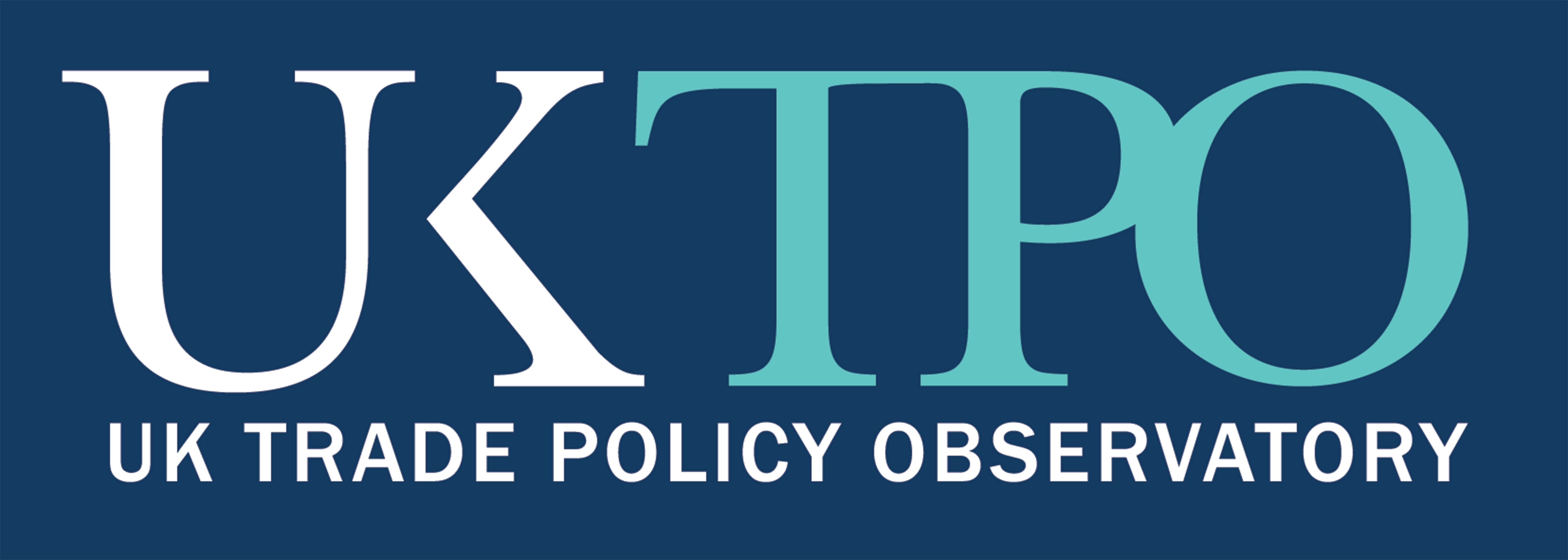A beginner’s guide to tariffs: Why are they harmful?
Trump is using tariffs as his main international economic policy tool and is providing two conflicting narratives on why he is using them. On the one hand, he suggests that raising tariffs is the key to making America wealthy again: the US government will supposedly raise trillions in tariff revenue, manufacturing production and jobs will move back to the US, and the US trade deficit will finally shrink. On the other hand, tariffs are an instrument to bring countries to the table and negotiate a deal.[1] Yet, of the two narratives, only one can stand. To bring back jobs and reduce the deficit, tariffs must be permanent. If they are a negotiating tool, they must be temporary. Leaving behind the motivations for the tariff increases, economists tend to disagree that raising tariffs will make America wealthier. Ever since the first round of tariffs on Canada and Mexico was announced, experts have warned about the negative consequences: prices for US consumers will increase, fewer products will be available, exports will fall, and economic activity (GDP) will contract. And this is just for the US. Since the US is a large market with the power to affect world demand and prices, the [...]

